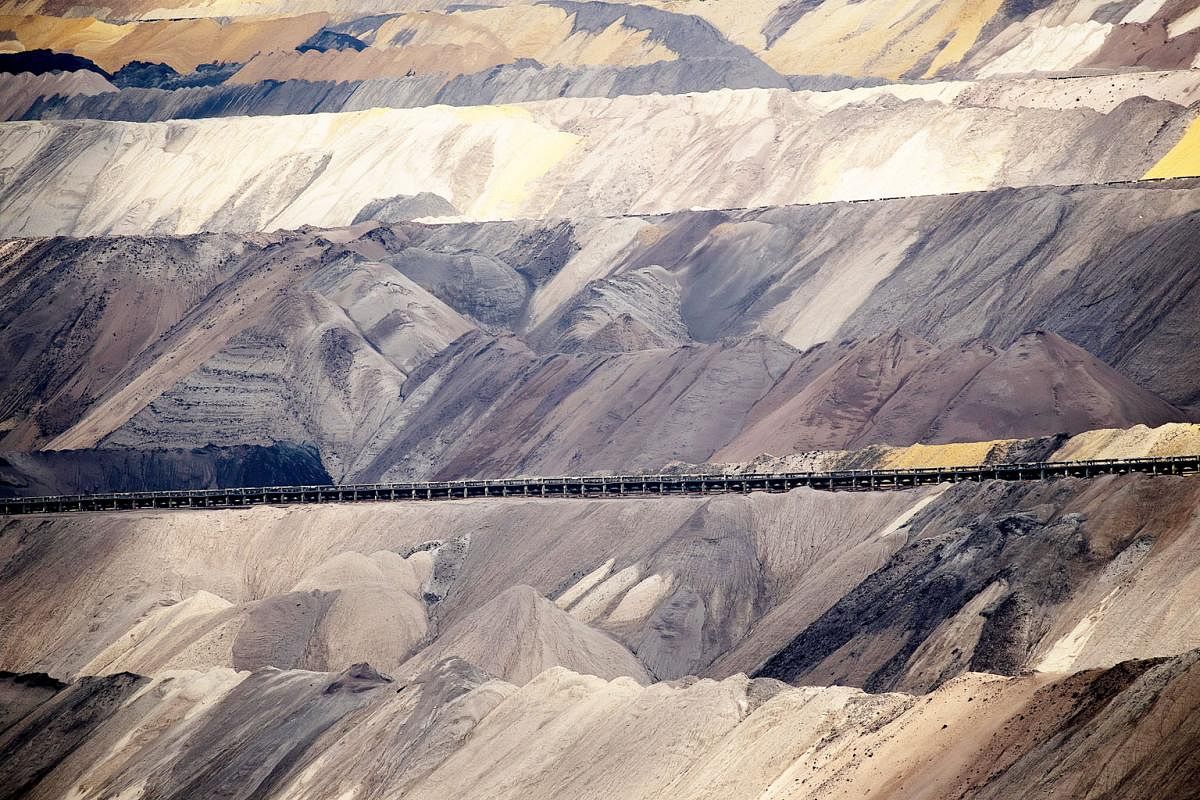Colour of German lignite pollution

These huge piles of soil and brown coal at a mine operated by power utilities company RWE AG in Garzweiler, Germany, may resemble abstract artwork.
But it does not paint a pretty picture of the country's continuing dependence on one of the world's most polluting fuels.
Lignite, or brown coal, considered the lowest rank of coal, generates more carbon dioxide emissions than hard coal, as well as a host of other poisonous gases when burned, said environmental organisation Greenpeace.
While Germany is committed to shifting to clean energy sources, lignite still makes up almost a quarter of the country's energy mix, reported broadcaster Deutsche Welle. The advantages that it offers, including being cheap, and helping to support jobs and the local economy, have meant that Germany is expected to rely on brown coal for its power production till 2040.
This could explain RWE AG's plans to expand its nearby Hambach mine, which is situated in the Hambach Forest. Three-quarters of this 12,000-year-old forest have already been cleared to reach its coal deposits. Activists are worried that any further expansion of the mine would see the remnants of the ancient forest disappear as well.
Join ST's Telegram channel and get the latest breaking news delivered to you.
A version of this article appeared in the print edition of The Straits Times on July 15, 2017, with the headline Colour of German lignite pollution. Subscribe
